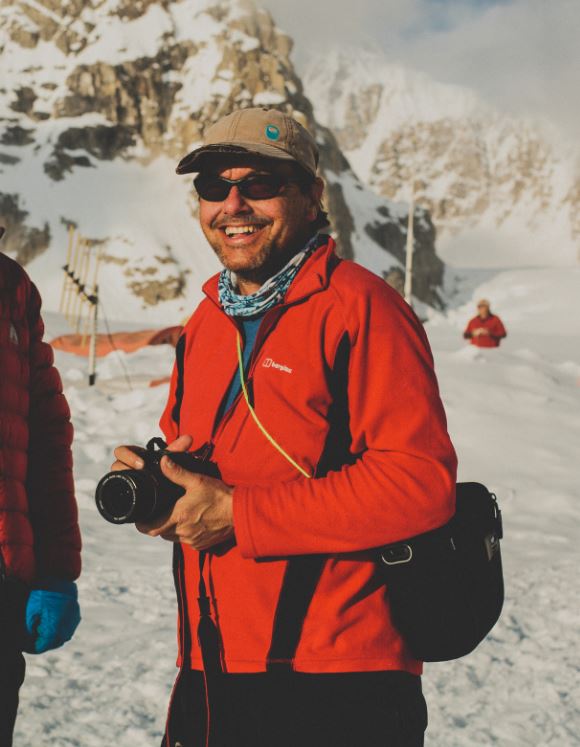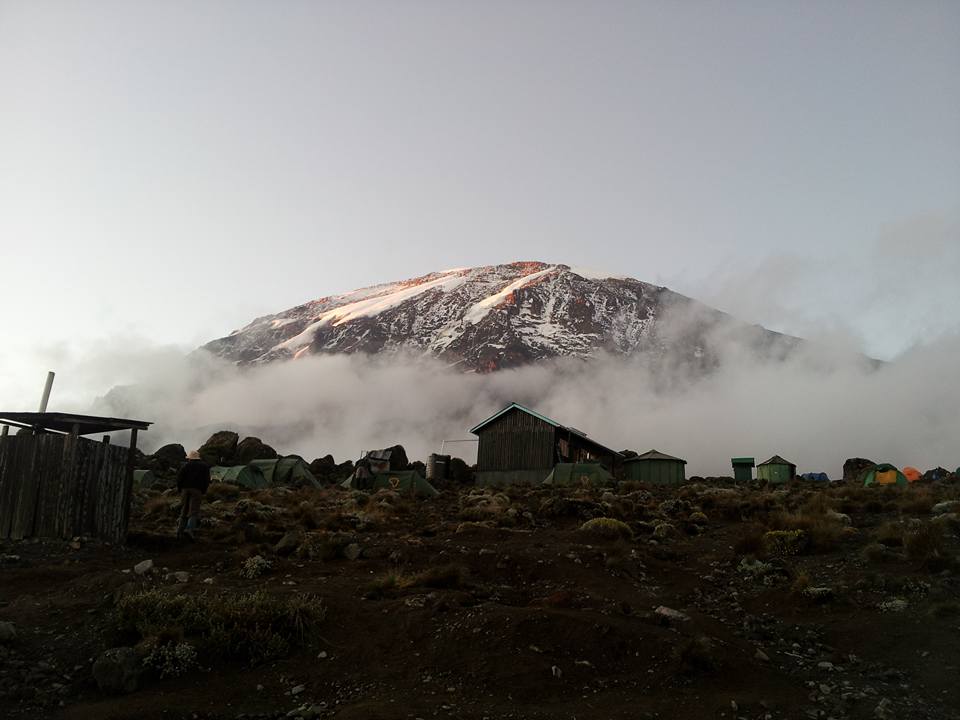
Why Kilimanjaro is a Great Mountain for Any Bucket List
Climbing one of the world’s tallest mountains is not a decision to be taken lightly – it will take endurance, a decent amount of fitness and also a good sense of humour.
Climbing one of the world’s tallest mountains is not a decision to be taken lightly – it will take endurance, a decent amount of fitness and also a good sense of humour.
But unlike other mountains, Kilimanjaro, which at 5,895 metres tall is the highest mountain in Africa, is an achievable bucket list option for most fit people, and it has genuinely managed to change the lives of many of those who reached the summit.
Kilimanjaro is an icon – it’s of the most famous mountains in the world and for many of the 20,000 people every year who climb it, it’s their Everest. So it’s a special experience to stand on the roof of Africa.
These people are often hill walkers looking to do a big mountain in a foreign country, but Kilimanjaro has the added benefit of its varying environments at different levels.
There are five totally different environments that you walk through on the way up. There is the tropical rainforest layer at the bottom in the foothills, this is where the locals live and where they grow things like bananas and coffee.
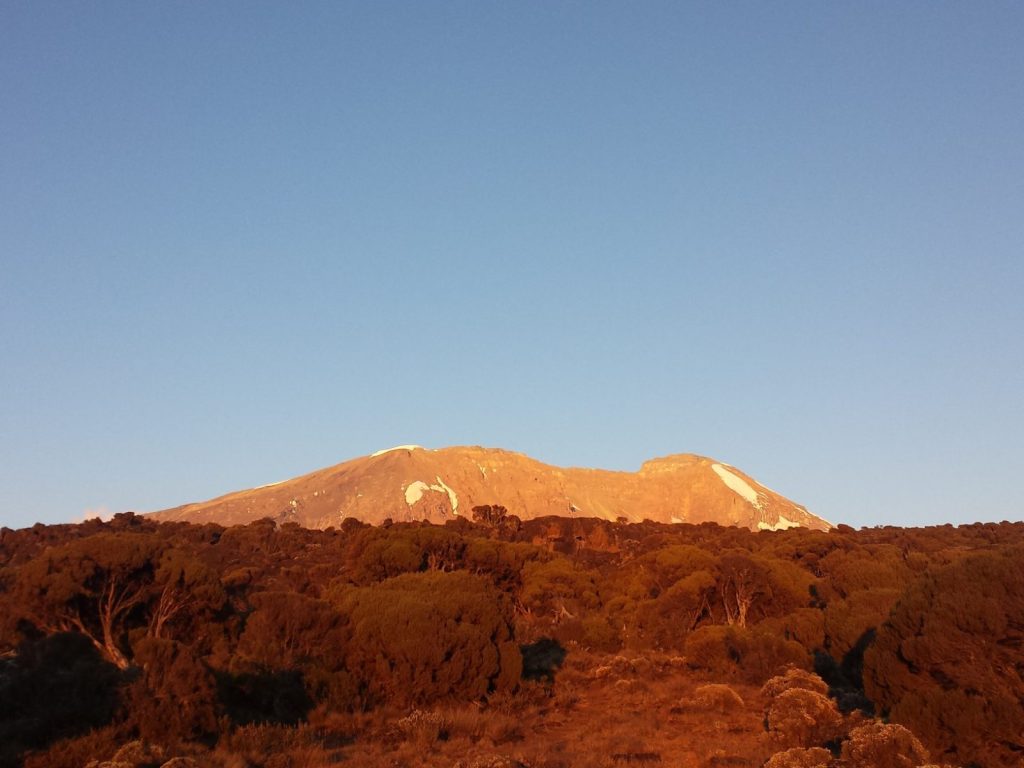
Then there is a cloud forest, where there is still a lot of wildlife like birds and monkeys and deer, but they are very shy so you are unlikely to see them.
Then you break into an Alpine heath landscape, where plant life is more scrubby and beyond that is a rocky almost lunar type landscape, with fewer plants.
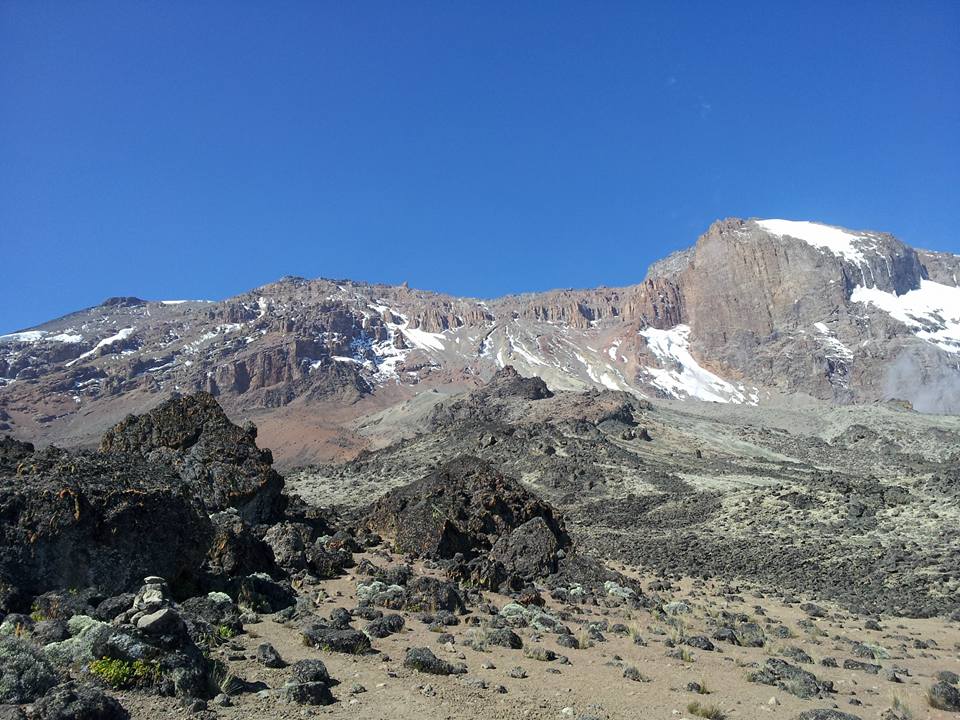
Then after that you’re onto snow and ice, with glaciers at over 5,000 metres. That’s the beauty of Kilimanjaro, that it has these very distinct ecosystems that you walk through and so every day you’re in a whole new world.
I’ve climbed Kilimanjaro 52 times and I often say that it is my favourite mountain. With all of the clients I’ve taken up, it’s such an emotional thing to get to the summit – they may never do anything bigger than that, and it’s a great privilege for me to take people up there. The climb is also very achievable. It’s not technical – it’s a walk up – and most people fit hill walkers can do it.
As long as you go slowly and don’t try and do too much, you’ve got a good chance of summiting.
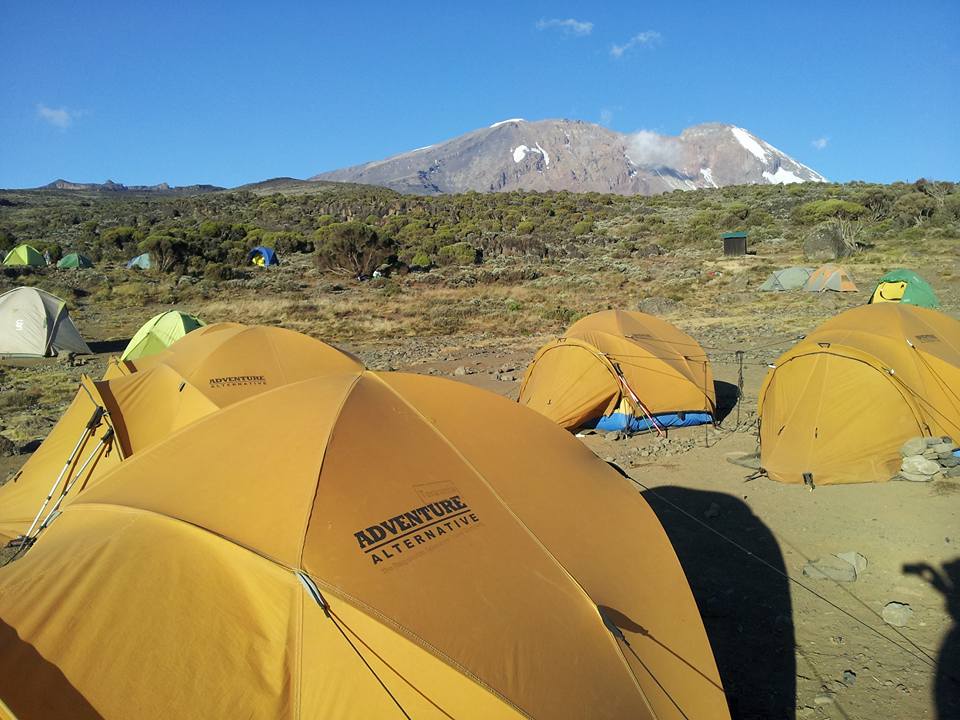
You are on the mountain for seven days and camping every night, but are well supported by the porters, then on summit day, you start at 1am, so you climb through the night.
So there are plenty of new experiences for people and there are enough of them to make it a challenge, but not hardship.
As well as the beautiful scenery, you also get great food, plenty of cultural experiences and a chance to meet a lot of new people from different countries.
When people climbed Kilimanjaro 20 years ago they did so because they liked climbing mountains, nowadays they do it for a number of reasons. Many are looking for some sort of spiritual achievement in their life, others are raising money for charity , even overcoming a midlife crisis or losing weight… all manner of reasons! But whatever the reason, it is unlikely to be an experience they will ever forget.
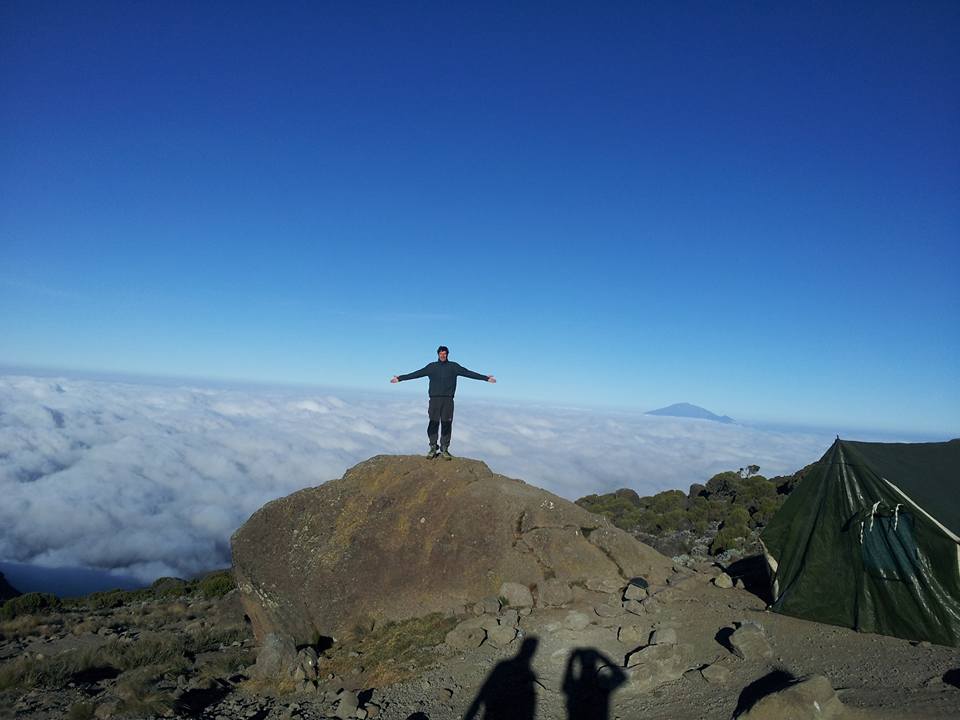
When they’re up at 1am trekking at 5,500 metres in the pitch black, while freezing cold and gasping for air, some people definitely start
questioning what they are doing – for a lot of people it’s the hardest thing they will ever do in their life.
But when the dawn comes up and they can see Africa stretched out in front of them, there isn’t a single person who isn’t moved.
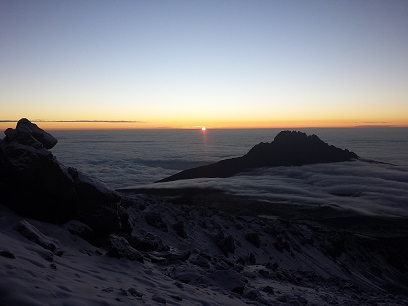
People are sometimes crying and hugging. It’s always a great moment. Mountains can give you that elation and it’s why I love being a guide!
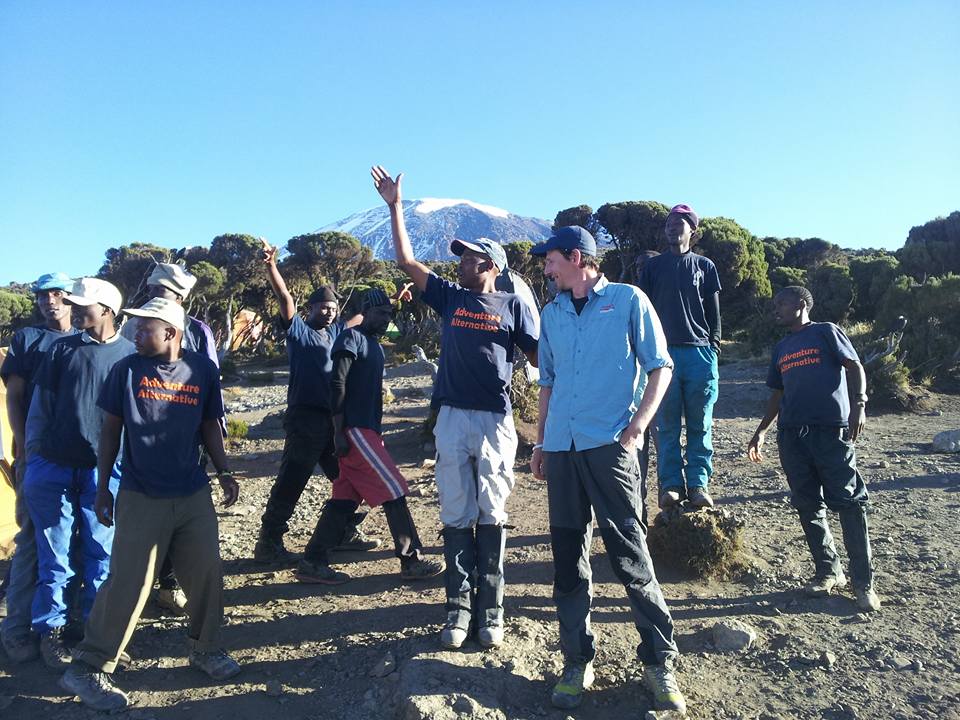
Related Articles
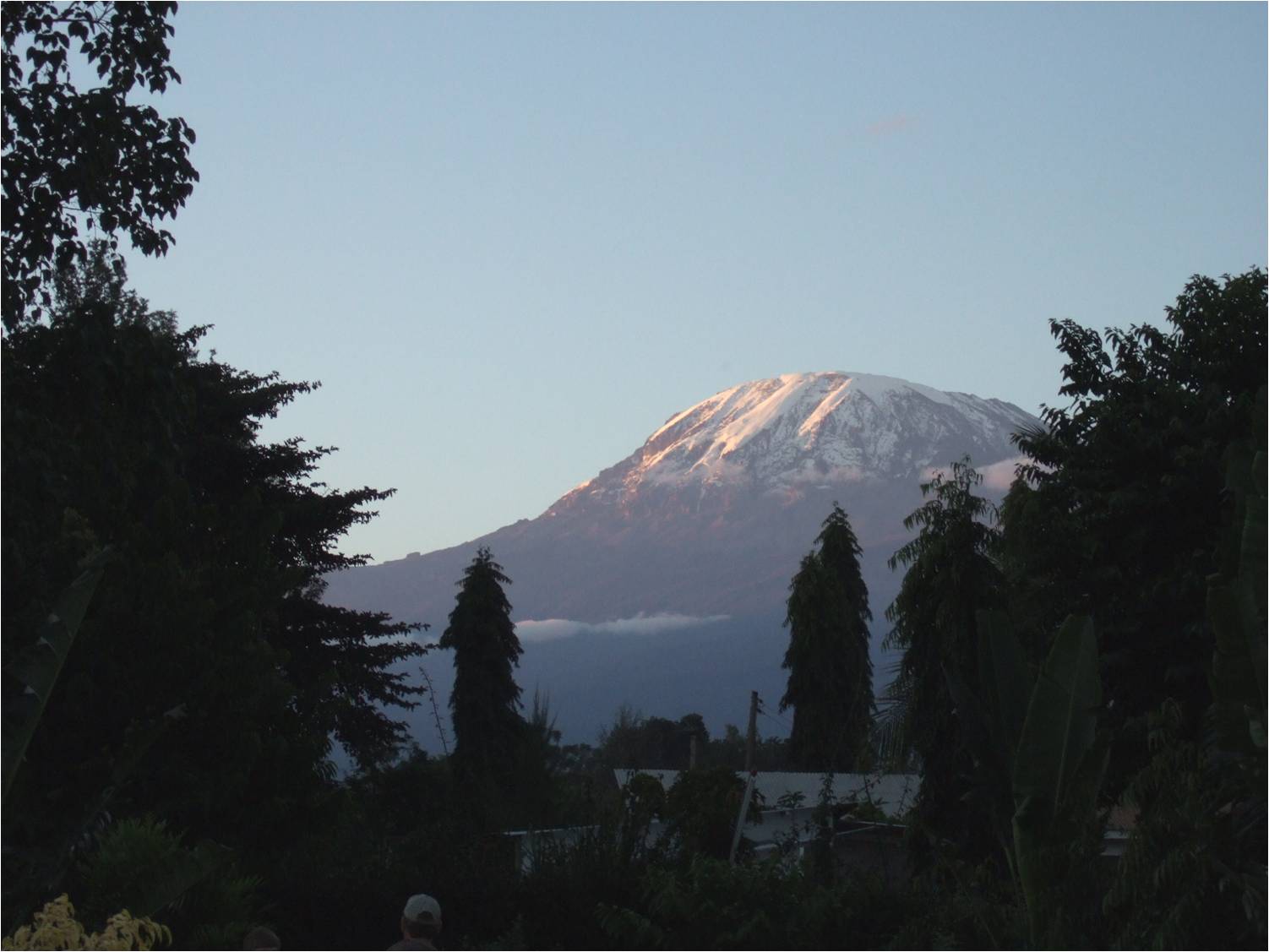
Kilimanjaro Compared to the Other Seven Summits
The 'Seven Summits' is a challenge first proposed and then completed by Richard Bass in 1985. The 7 Summits consists of climbing to the highest...
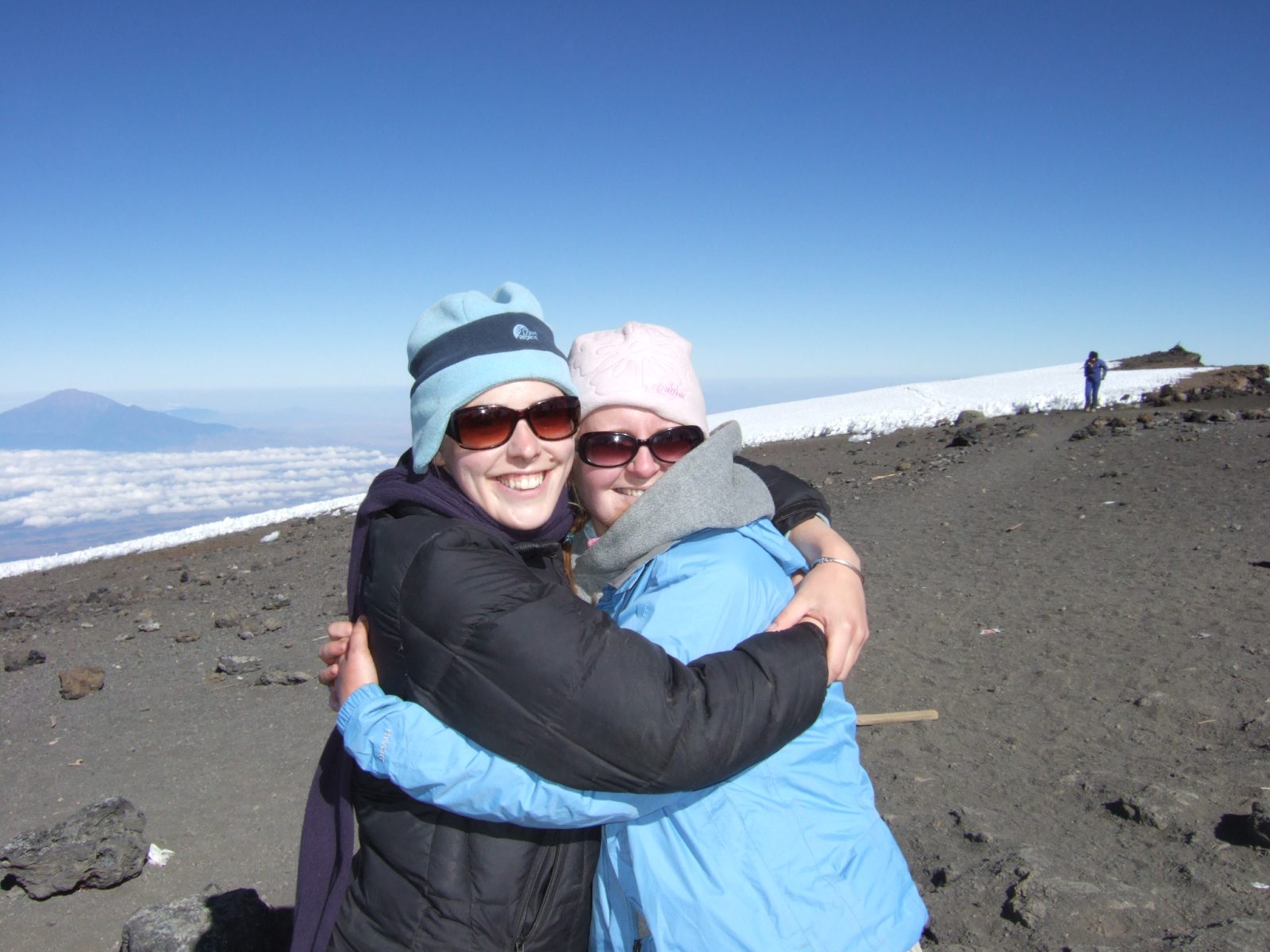
How can I Climb Kilimanjaro for Charity?
We often get asked, ‘how do I climb Mount Kilimanjaro for Charity?’ and the answer is easy, call us to have an initial talk about...
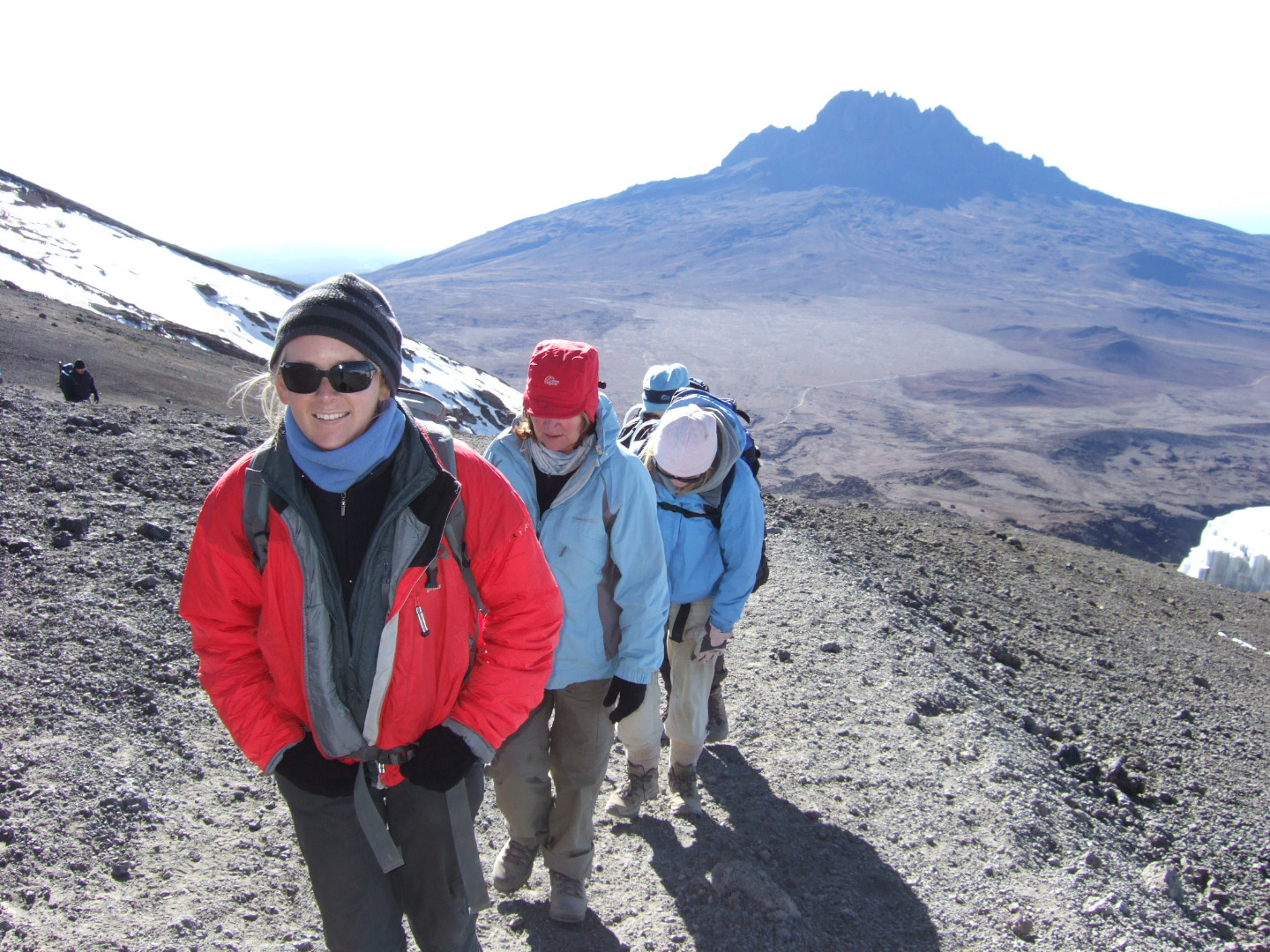
What to Wear on Kilimanjaro
What to wear on a Mount Kilimanjaro Trek is probably the question we get asked most and there is, of course, a kit list for...
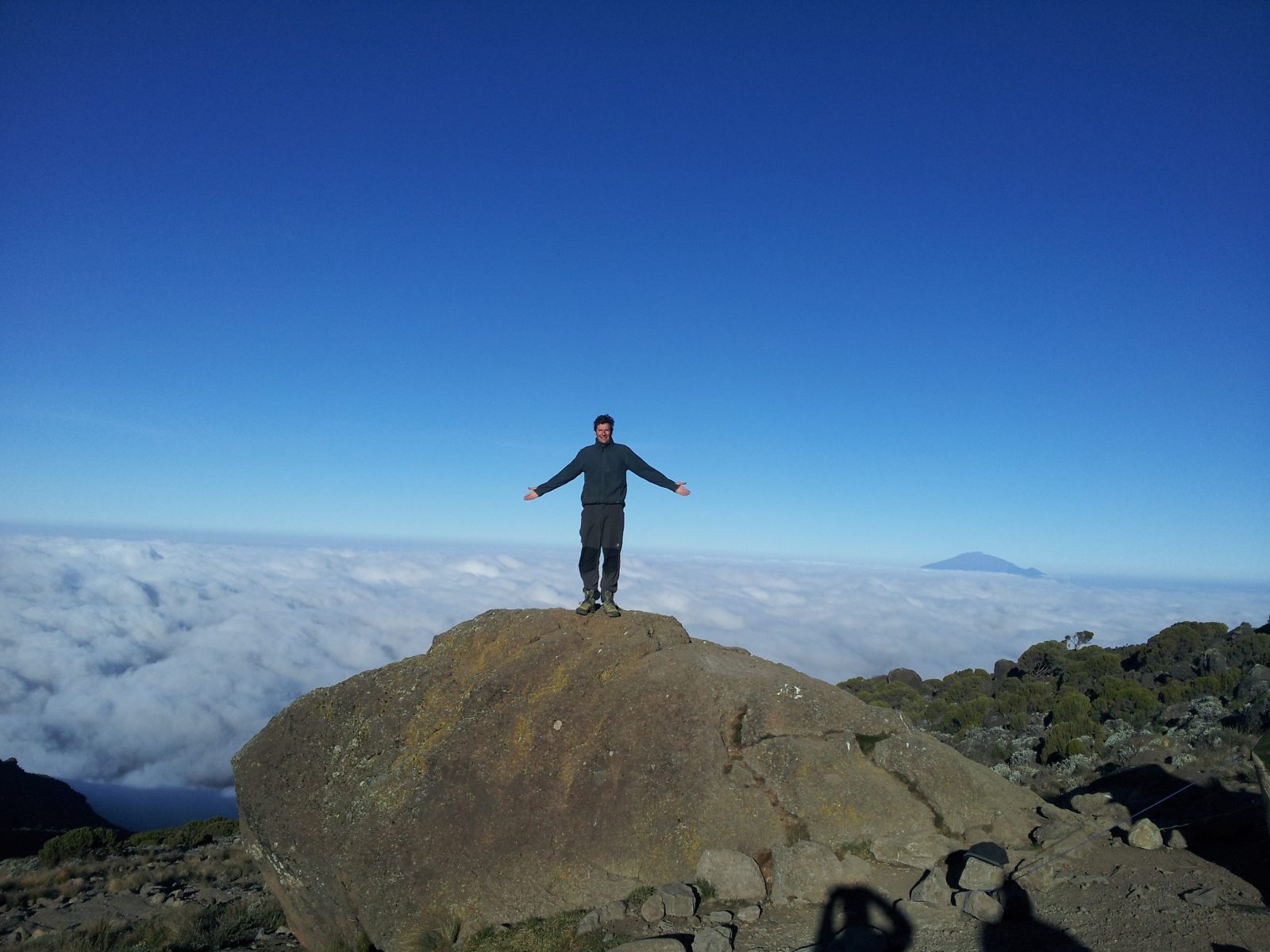
Kilimanjaro Diamox?
Regarding the use of Diamox on a Kilimanjaro climb, there is a tendency now for people to use it as a default drug in order to increase...
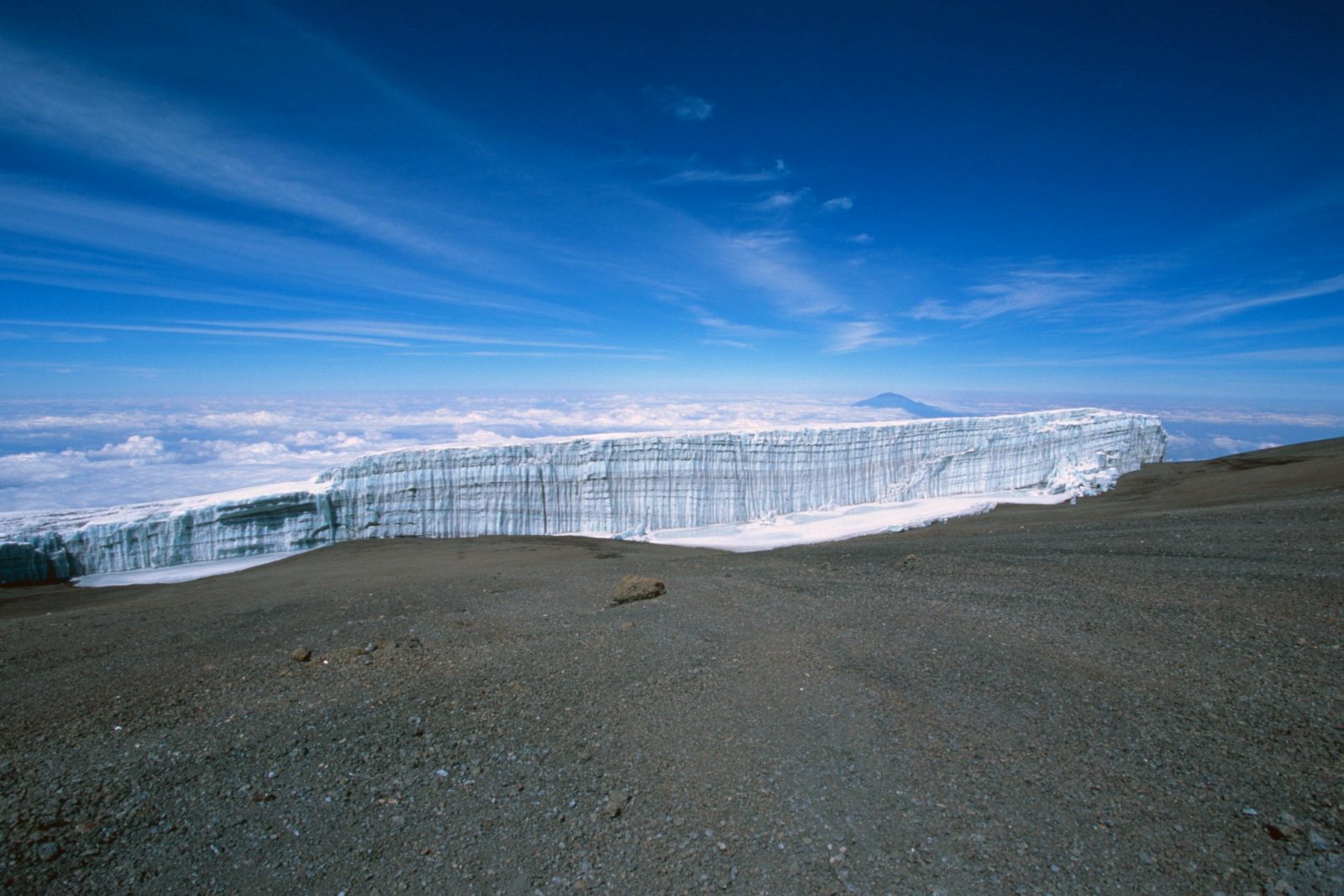
Weather and Seasons on Kilimanjaro
There is a magic about standing on the Roof of Africa. Mount Kilimanjaro, Africa's tallest mountain, stands 5895m above sea level. The climb...
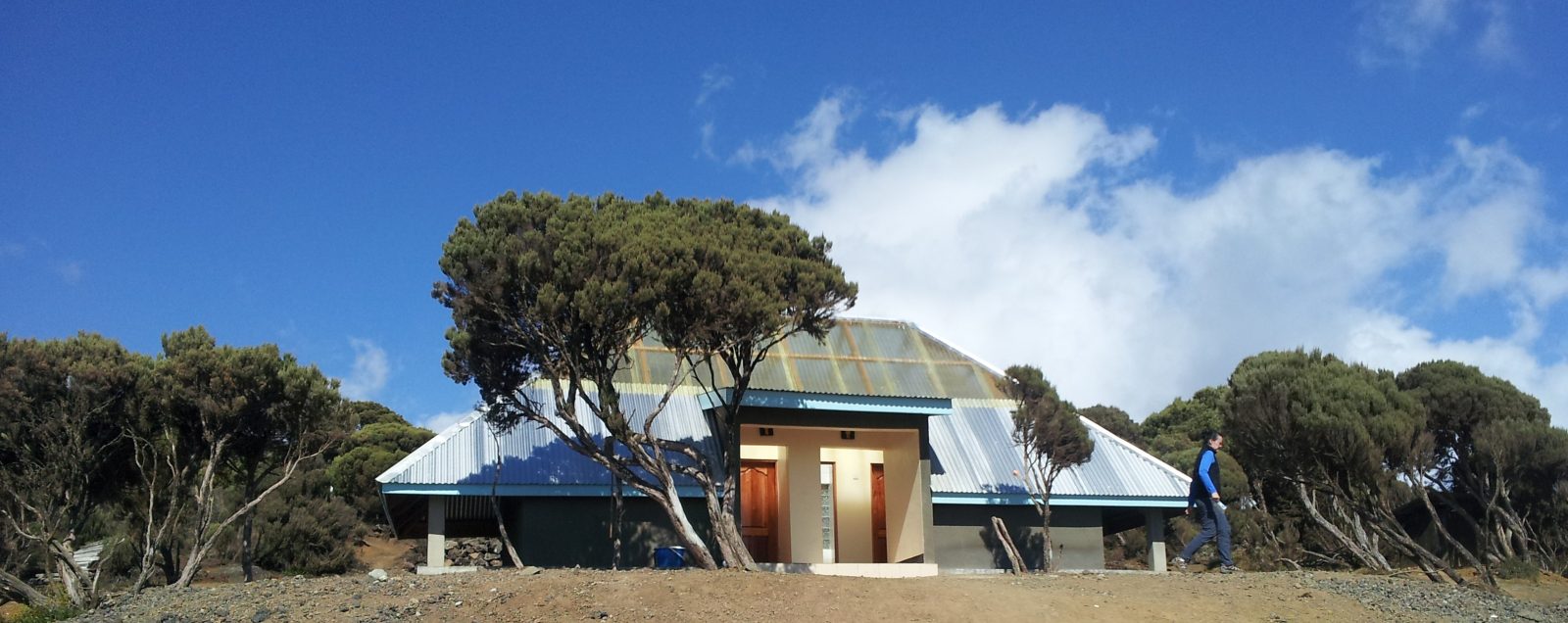
Toilets on Kilimanjaro
So we all need a wee and a poo, but strangely it’s a topic that’s never really gets mentioned in day to day life. However on Kilimanjaro,...

How Long Does it take to Climb Kilimanjaro?
Essentially it depends on which route you choose to climb Kilimanjaro, as they differ in terrain, length and accommodation type and can also be...
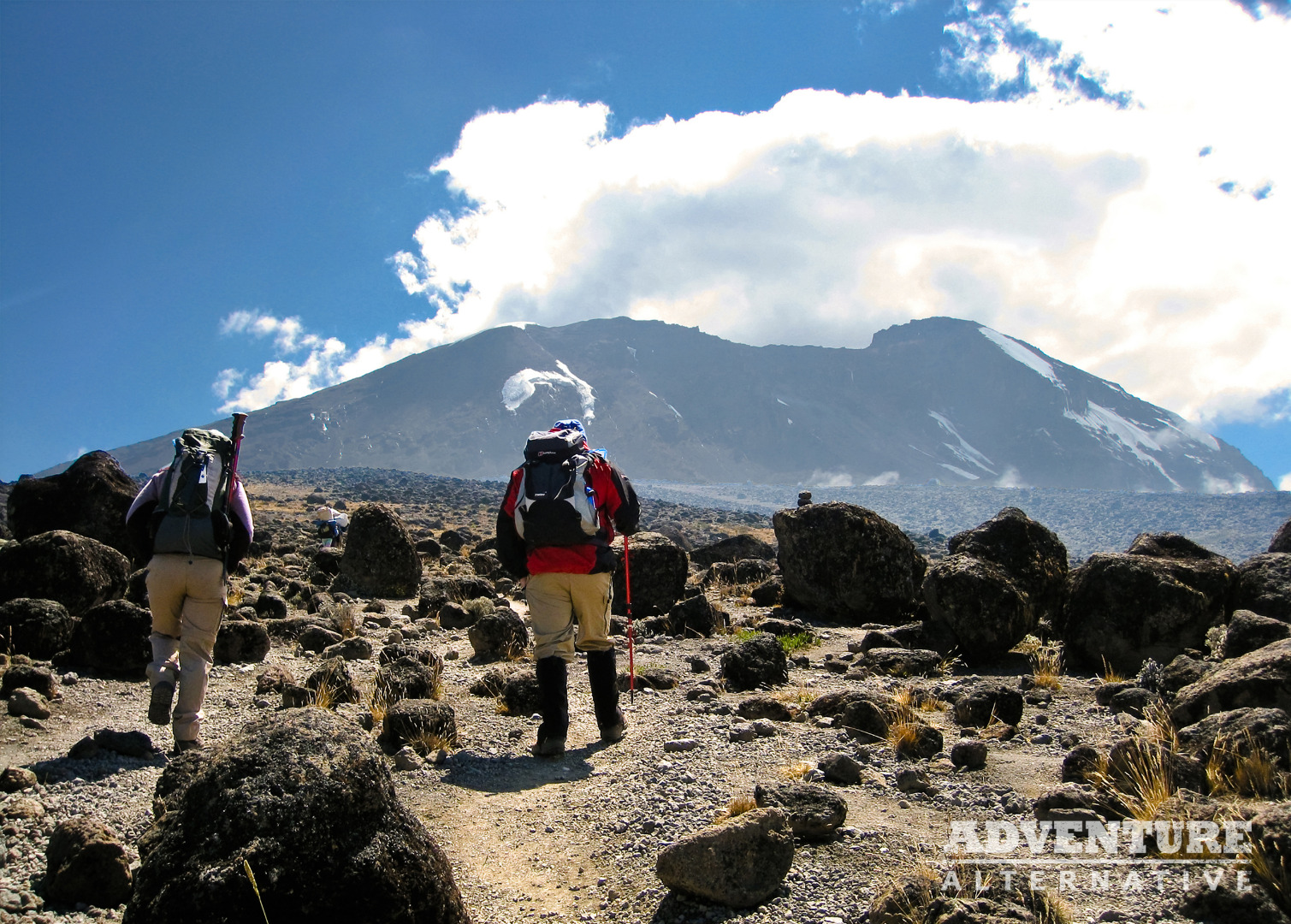
Best time to climb Kilimanjaro?
Essentially if you want to climb Mount Kilimanjaro you can do so all year round however...... The main seasons for climbing...
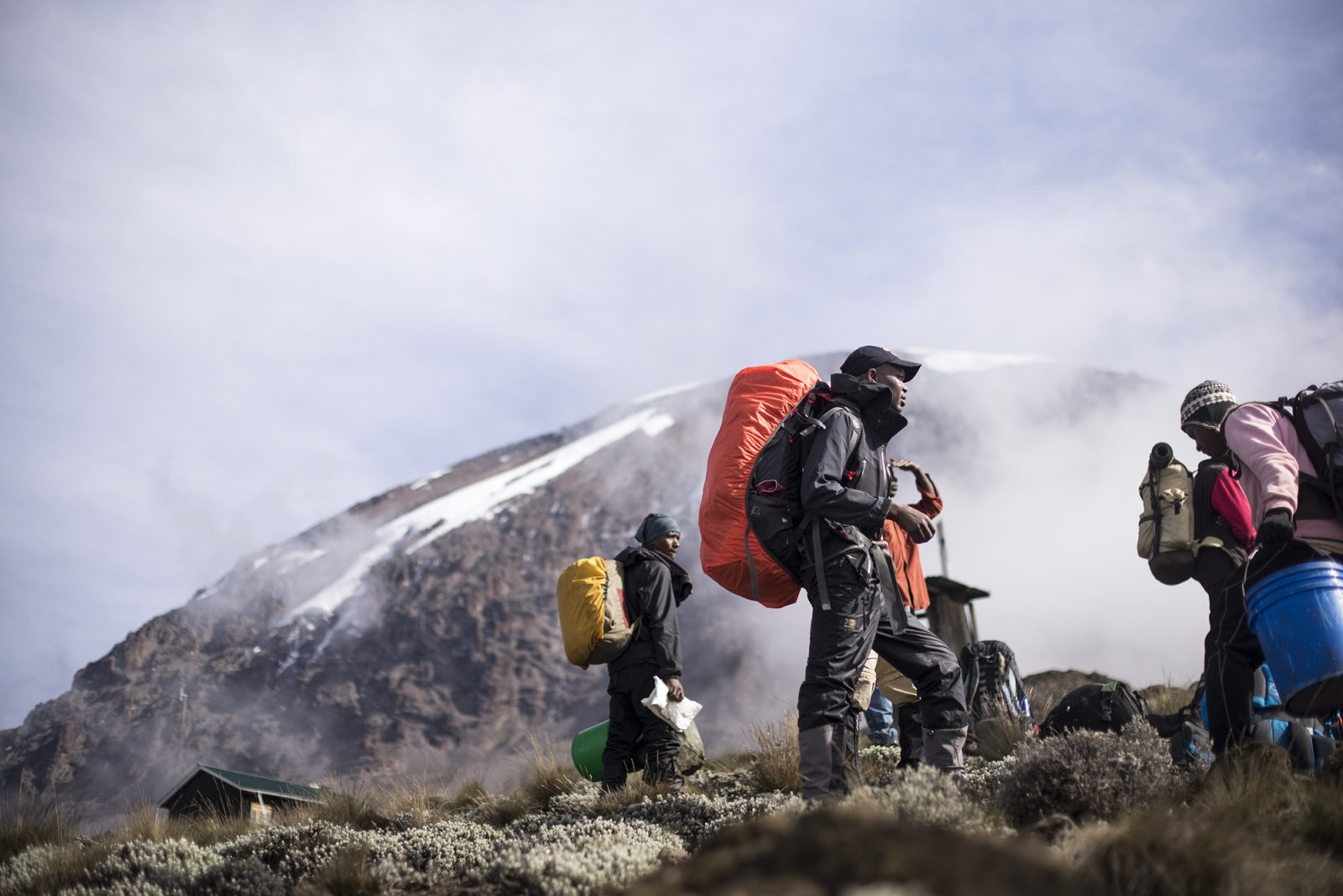
How hard is it to climb Kilimanjaro?
To climb Mount Kilimanjaro is a challenge and if you’re new to trekking, camping, living outdoors, or high altitude then you may find it...
